While competence is important, confidence is essential for allowing children to express their abilities. Many parents prioritize developing competence in their children, unintentionally undermining their confidence in the process. This can result in competent children who struggle to share their talents.
The journey to raising a confident child begins with you, the parent. Children are highly influenced by their parents, and your confidence (or lack thereof) will have a significant impact on them. Before you focus on raising a confident child, it’s crucial to become a confident parent yourself. If you weren’t raised with unwavering self-belief, it can be challenging to instill it in your children. Remember, the world rewards those who are bold and assertive, not just those who are skilled but silent.

1 . The Ability to Encourage Autonomy and Independence.
One of the biggest hurdles to raising confident children is stifling their independence. True independence goes beyond allowing them to do things; it’s about fostering their ability to think for themselves. As I wrote in my book, The Independent Thinking Child, the most valuable gift you can give your child is the ability to think critically and independently.
Daily challenges are inevitable, but instead of always swooping in to rescue them, empower them to solve problems and defend themselves. This is crucial, for example, in preventing bullying. A child who feels bullied at home is more likely to experience it elsewhere. The home environment is the first training ground for confidence. Bullying behavior from parents can lead a child down two paths: becoming aggressive out of self-defense or becoming a people pleaser, unable to set healthy boundaries.
ii. Encourage Exploration and Risk-taking: Don’t shut them down or constantly tell them “no.” Start small by allowing them choices like picking their clothes or shoes. Support them in trying new things and developing new skills. The goal is to raise children who are both competent and confident.
iii. Provide Opportunities For Mastery:
Mastery comes from experience, including making mistakes. Allow your children to make mistakes. Confidence thrives in an environment where failure is seen as a learning opportunity, not something to be feared. Many parents fall into a “rescue trap,” jumping in to fix every problem. Instead, cultivate a growth mindset for yourself and your children – embrace the idea that failure is a natural part of the learning process.
iv. Provide Opportunities For Your Children to Practice and Master Skills: Whether it’s completing projects or tackling new challenges, let them experience the satisfaction of accomplishment on their own. Doing assignments for them hinders their growth and independence. Every successful individual has honed their skills through practice and perseverance, and your child is no exception.
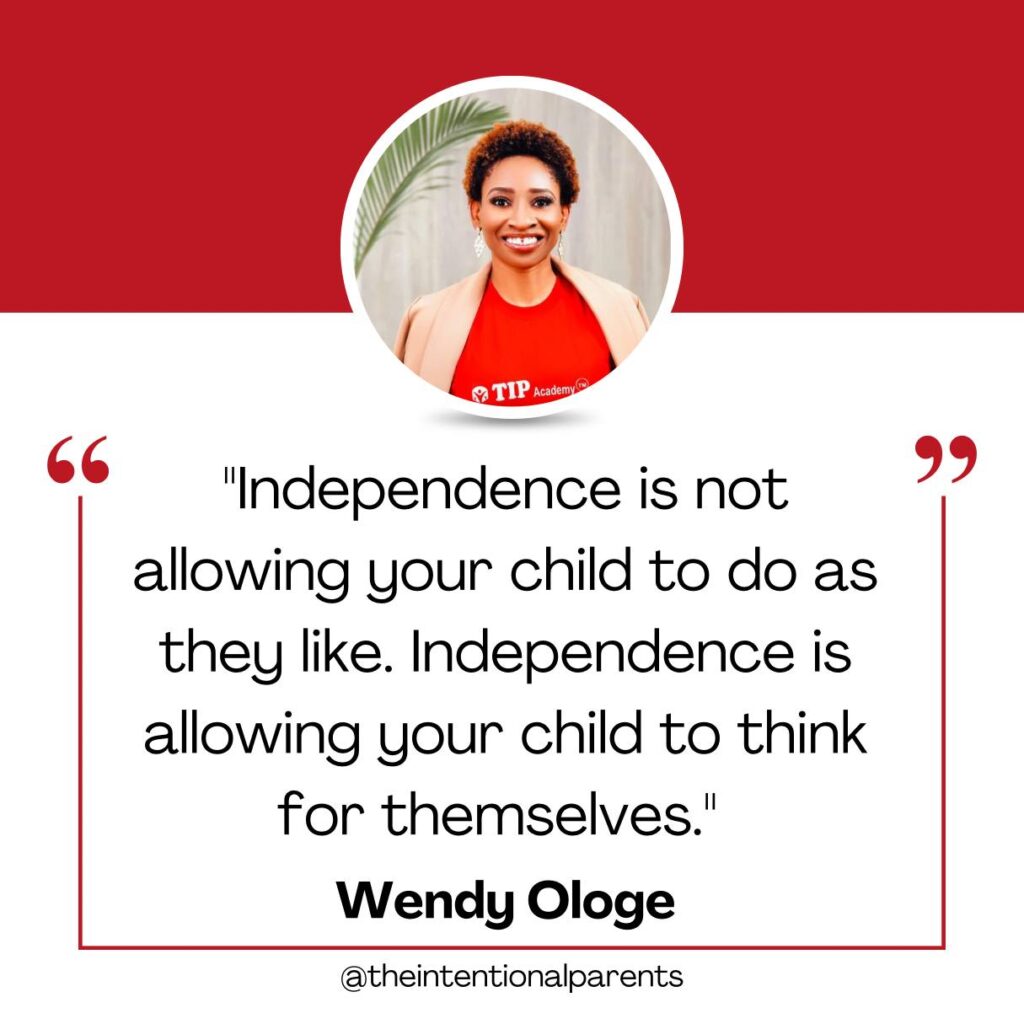
2 . Foster a Growth Mindset:
Many parents prioritize immediate results over the learning process. This focus on results breeds insecurity and frustration, and can manifest in yelling or resorting to external motivators like paying for good grades. A fixed mindset tells us that intelligence and talent are fixed traits, and that effort is irrelevant. This belief can lead parents to think that yelling is necessary for their child’s success.
In contrast, a growth mindset emphasizes the value of the learning process. It teaches children that intelligence and abilities can be developed through effort and perseverance. By focusing on the process, you create a supportive environment where mistakes are seen as opportunities to learn and grow.
Even parents can struggle with the fear of failure. It’s important to remember that failure is a natural part of the learning process. Teach your children that failure is simply a chance to learn and improve. For example, a child who burns a cake learns valuable lessons about following instructions and experimenting in the kitchen. These failures, along with the perseverance to keep trying, are what lead to eventual mastery.
3 . Teach Assertiveness and Social Skills : Assertiveness is a key social skill that allows children to express their needs and opinions respectfully. It’s important to distinguish assertiveness from rudeness, which often stems from a lack of confidence. Teach your children to be assertive while also being respectful of others. Modeling assertive behavior yourself is crucial for your child’s development.

4 . Provide Unconditional Love, Show and Express Affection Consistently: Many parents think that they love their children but their children don’t feel loved. Many parents don’t love their children, they just love what they do. A child you don’t love unconditionally battles with self esteem. Because knowing that they’re unconditionally loved creates a secured foundation for them to explore with confidence. When you don’t provide unconditional love and support for your children they would look for it elsewhere. You should be your child’s first and biggest cheerleader.

5 . Encourage Children to Build Relationships and Friendships. Many parents claim that their children are their friends. But you must understand that in parenting, friendship is just a tool, not a relationship. When you become friends with your children the boundary lines become blurred. Let the children build meaningful connections. You don’t shield your children from the world or from “evil” people because such things will multiply on the earth.

Are you tired of the endless cycle of yelling and frustration in your household?
It’s time for a change. The No Yelling Challenge is a transformative course designed to help parents like you communicate effectively, create harmony at home, and build deeper connections with your children.
In this comprehensive course, you’ll embark on a journey of self-discovery and growth as you learn proven strategies to replace yelling with positive communication techniques. Led by experienced parenting experts, each module is carefully crafted to provide practical tools and insights that you can implement immediately.





What You’ll Learn:
- Understand the root causes of yelling and how to manage triggers effectively.
- Master the art of active listening and communicating with empathy.
- Discover alternative discipline methods that promote cooperation and respect.
- Cultivate a culture of mutual understanding and connection within your family.
- Develop practical self-care routines to manage stress and maintain balance.
Join thousands of parents who have already transformed their households with the No Yelling Challenge. Say goodbye to yelling and hello to a happier, more peaceful family life. Enroll now and take the first step towards becoming the parent you’ve always wanted to be!
Don’t miss out on this opportunity to transform your parenting journey. Register now for the No Yelling Challenge:
📅 Date: 22nd to 26th April,2024
💰 Early Bird Price: N6,999 ($6) (Offer Ends April 18th) instead of N15,500 ($15)
Payment Details: Pay N6,999 ($6) to 0509494057, GTBank, The Intentional Parent Academy. After payment, send your full name and proof of payment to our team via WhatsApp at 0903 663 3600
Remember, if I can ditch yelling, so can you. Let’s parent with peace and calm together.


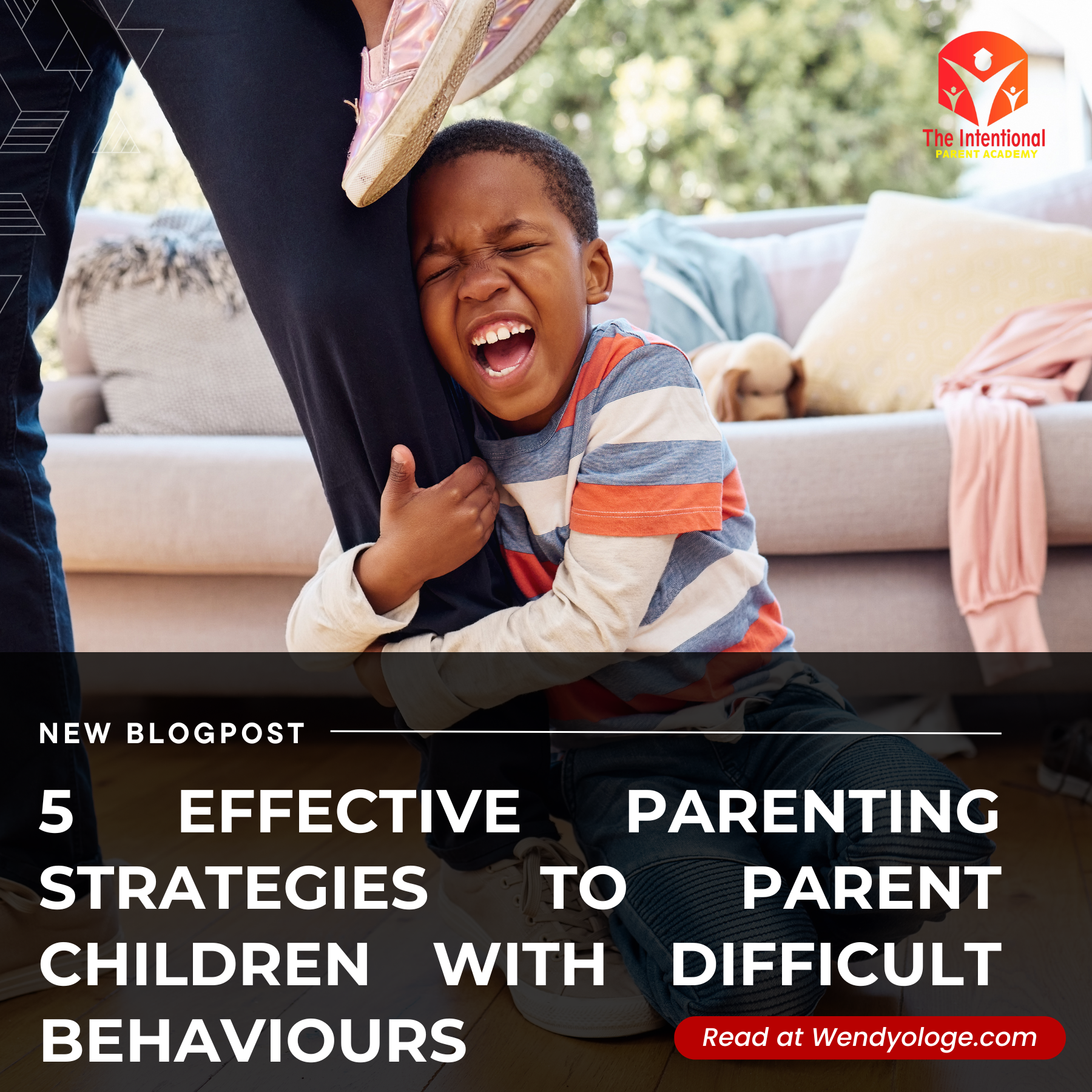

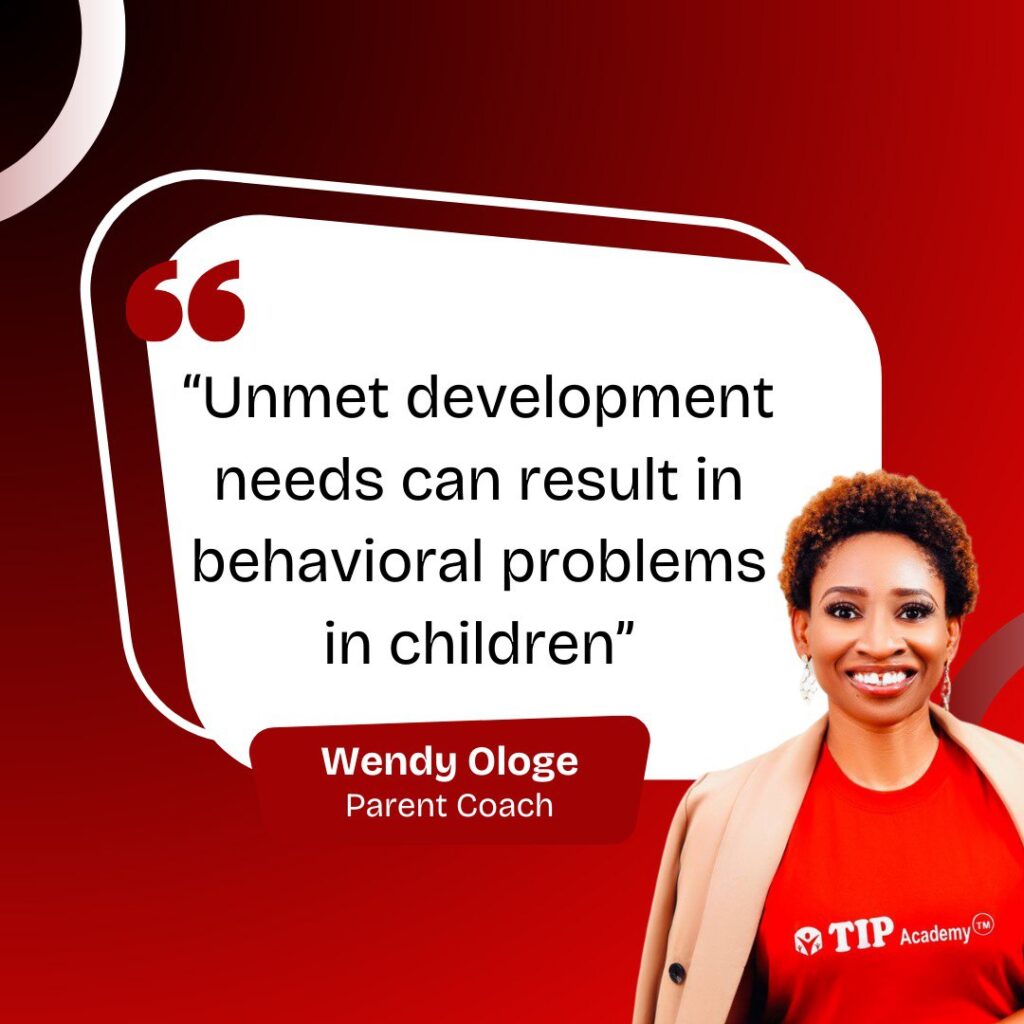

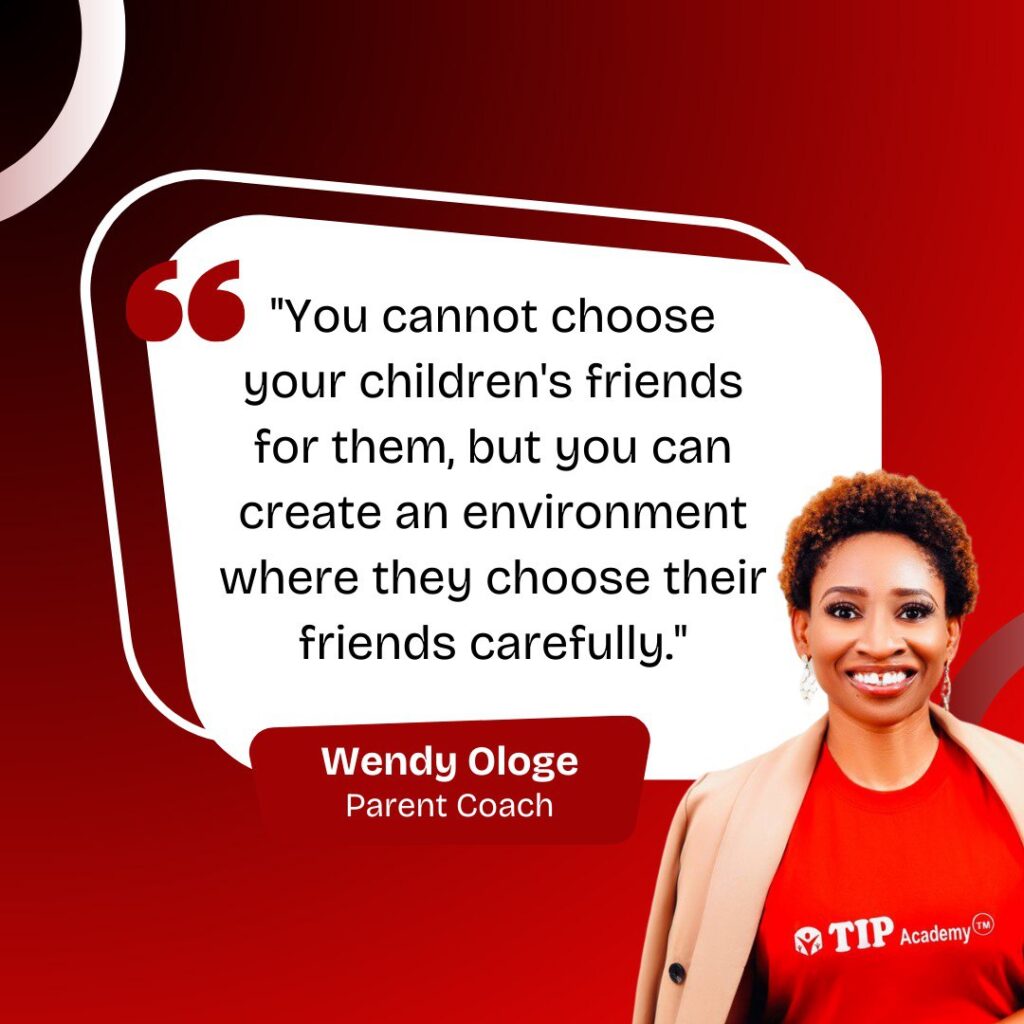










































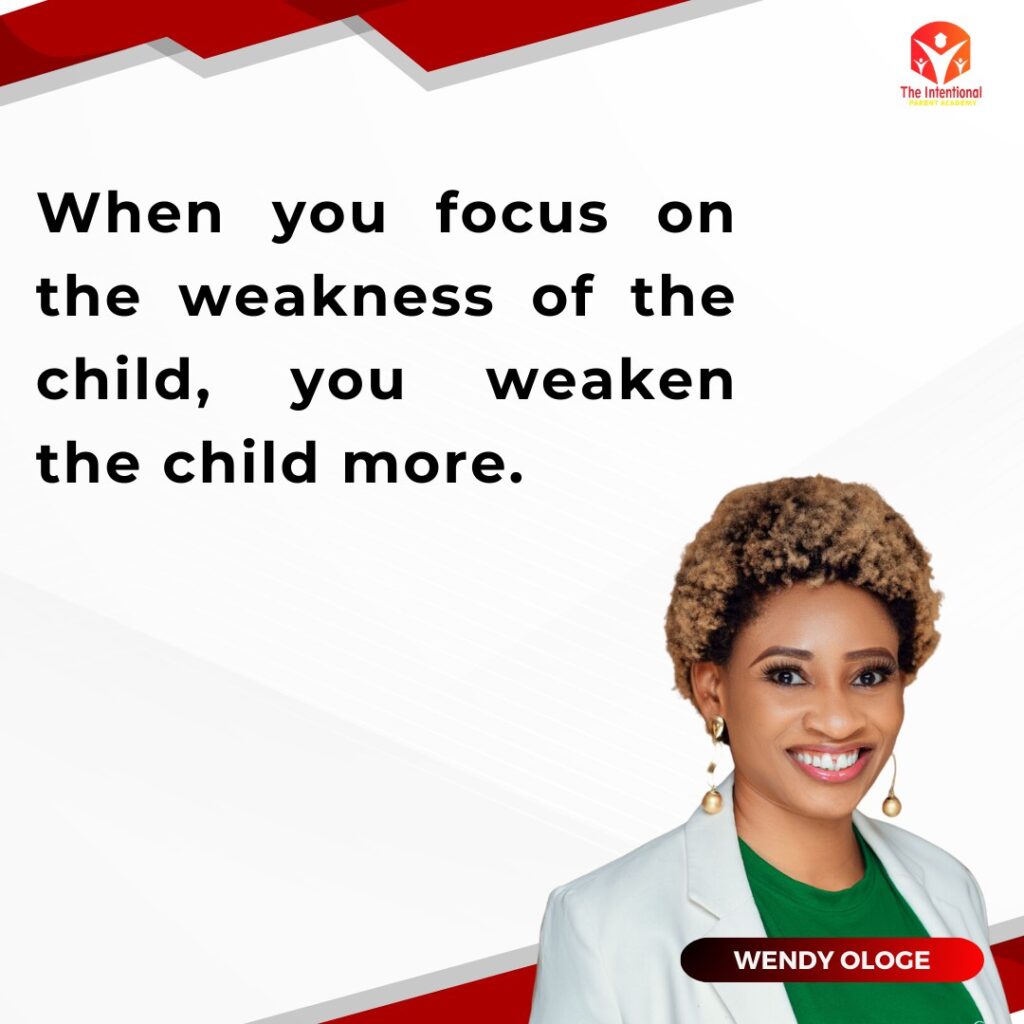










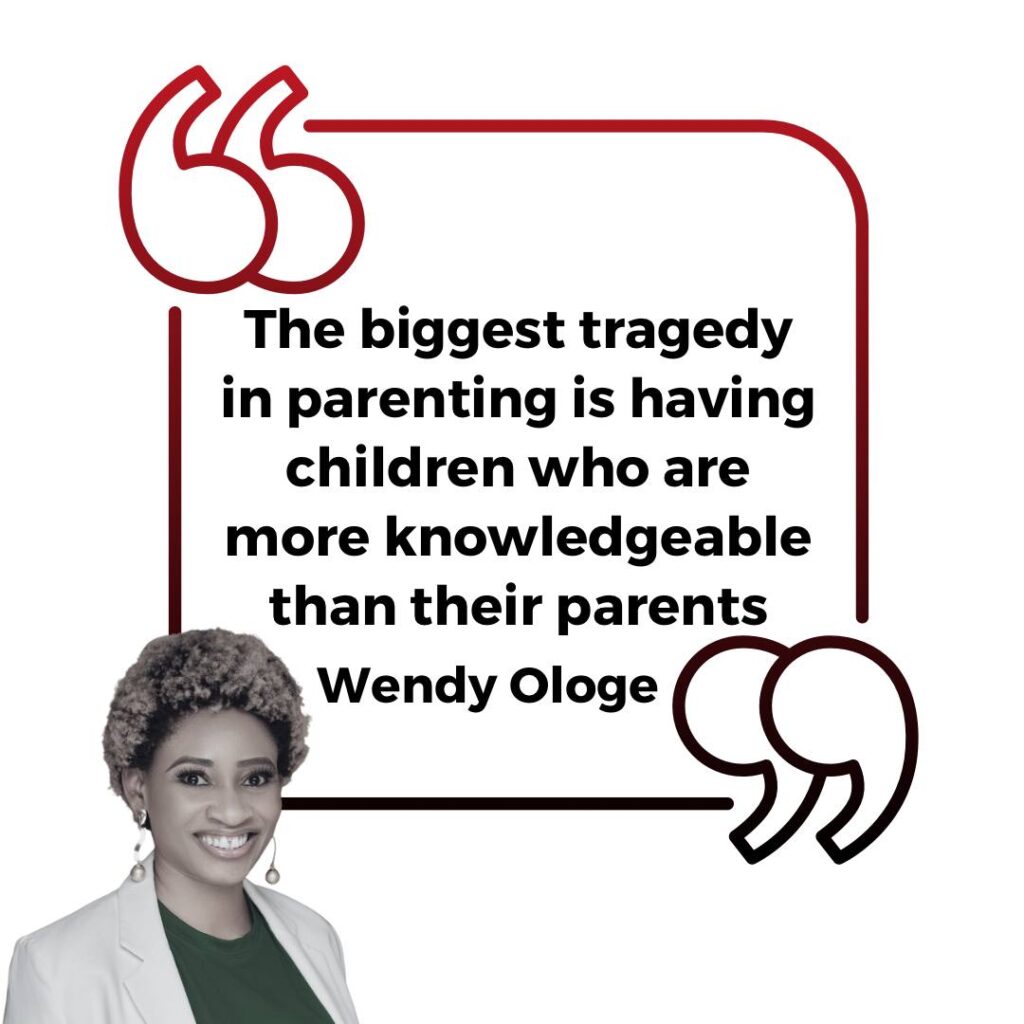












Thanks for sharing